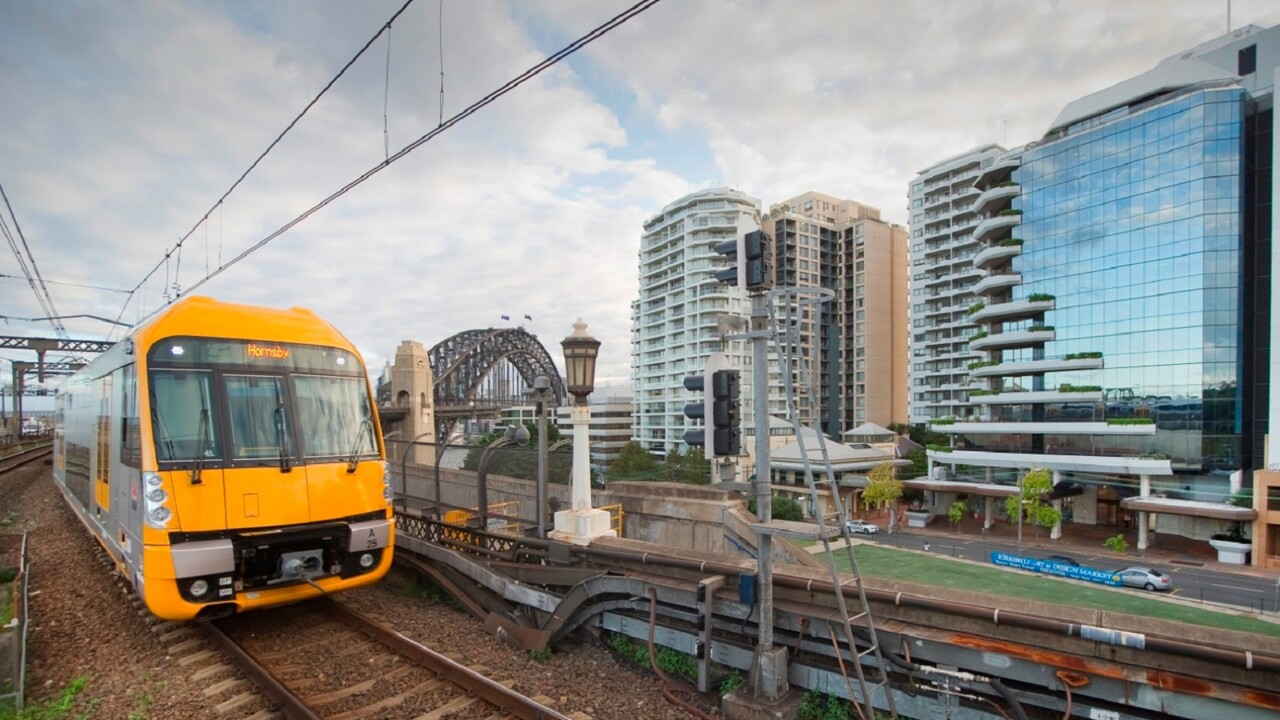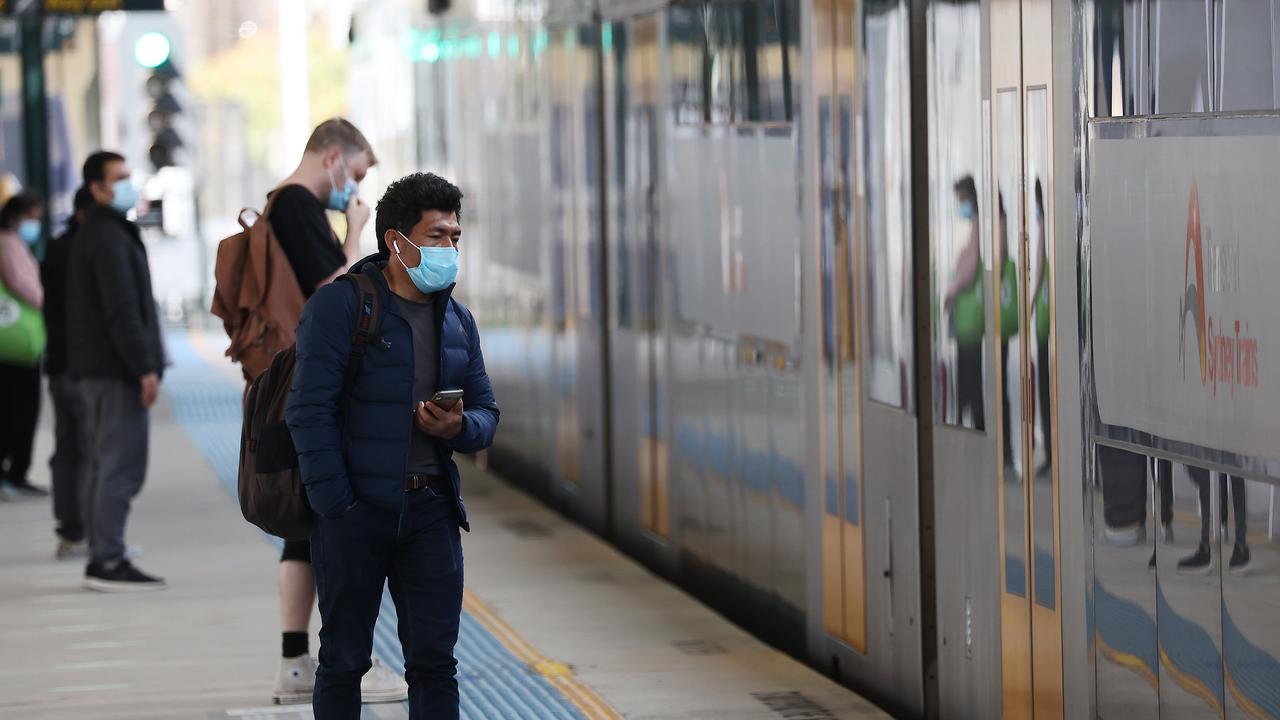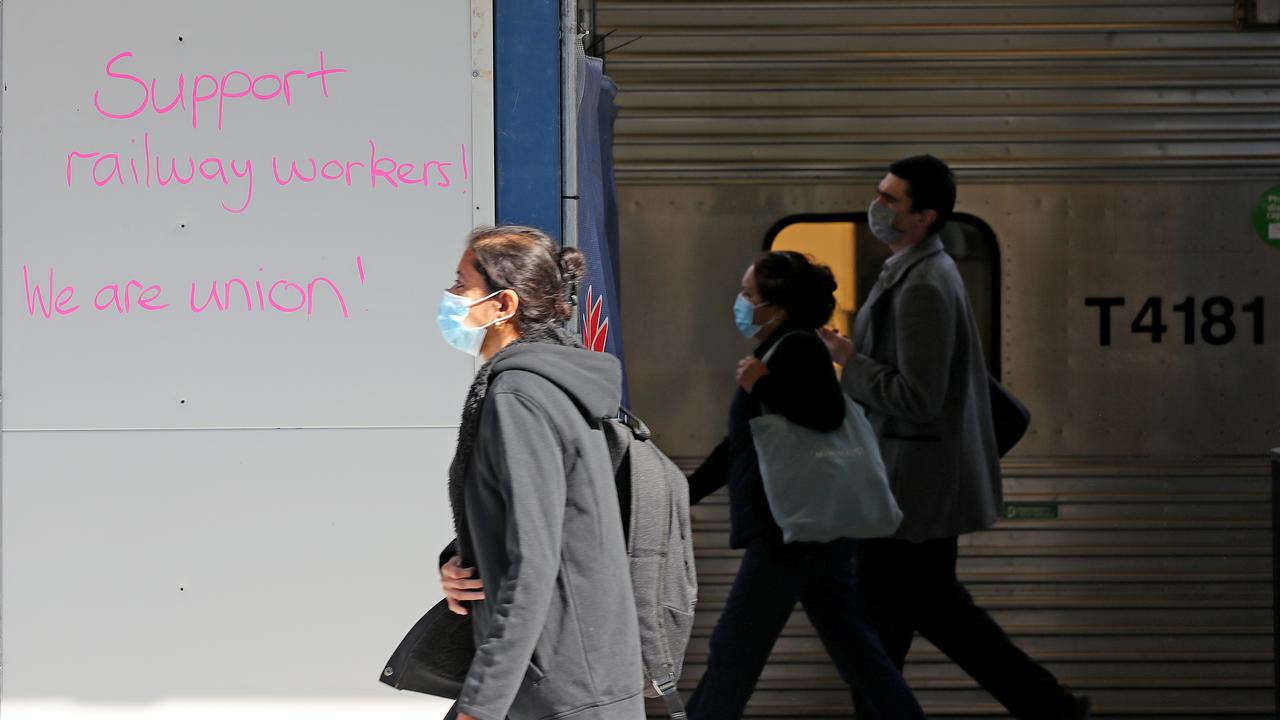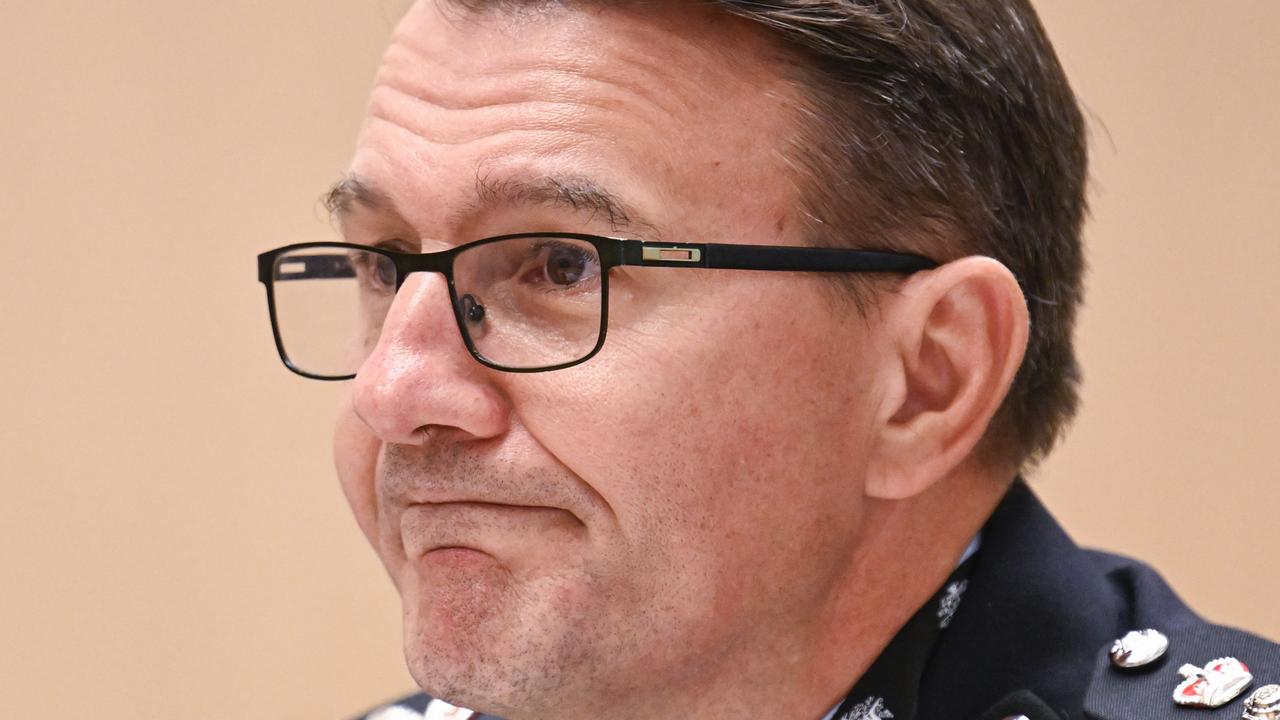Sydney’s rail network will face significant disruptions next week as rail workers strike
Sydney’s rail services are facing major disruptions, with a worker strike planned for next week.

Around three quarters of Sydney’s rail network will be impacted by worker action set to take place on Tuesday 7 December, when services will run at a reduced frequency and take longer to reach their destinations.
Those who need to use rail services on the day are being warned to plan their journey carefully ahead of time.

A heavily reduced service will operate on the T1 North Shore and Western, T2 Inner West and Leppington, T3 Bankstown (Liverpool to Circular Quay via Bankstown), T4 Eastern Suburbs and Illawarra, T7 Olympic Park and the T8 Airport and South line.
There will be no service on the T5 Cumberland Line, with passengers needing to change trains at Granville.
Buses will replace trains between Lidcombe and Bankstown on the T3 Bankstown line.
Intercity services will run to a weekend timetable on the Blue Mountains, Central Coast and Newcastle lines.
South coast line trains will run at reduced frequency between Wollongong and Waterfall only, while buses will replace trains between Wollongong and Kiama and Wollongong and Port Kembla.
There will be no changes to services on the Hunter and Southern Highlands lines or between Kiama and Nowra.

The strike coincides with similar action by Sydney bus drivers, who are planning to stop work several times this week, followed by a major 24-hour strike on Monday, with disruptions focused on the southwest and inner west areas.
Rail union representatives earlier turned down an offer of a 2.5 per cent per annum pay increase and are seeking greater assurances from Sydney Trains, which chief executive Matt Longland described as “disappointing”.
“We have been meeting with the unions regularly for six months, with more than 40 meetings having been held between the two agencies and unions,” he said.
“Proposed industrial action over the next month includes cleaning bans, loud and excessive train-horn blowing across the network, and two days of major disruption.”



